Daryl Friesen
Sr. Member
Does anyone there know just how Karl Von Mueller died?
Daryl
www.spindlequest.com/treasuremaps3.html
Daryl
www.spindlequest.com/treasuremaps3.html
Some interesting comments here.
If any one is interested I might have a lead that might uncover the origins of the story.
Corp
Of course we're interested. Care to elaborate?
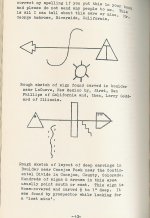
... This is a page from Treasure of the Valley of Secrets (Segundo, Colorado: 1971). It's a rare item (I'm asking about $250 for the one copy I'm willing to part this at this time). ...
I believe I've posted this before - however, I think it is worth repeating.
This is a page from Treasure of the Valley of Secrets (Segundo, Colorado: 1971). It's a rare item (I'm asking about $250 for the one copy I'm willing to part this at this time).
Anyway - because it is so scarce I'd like to share this sign. I think it has a remarkable similarity to the LUE Map.
View attachment 851499
Good luck to all,
~The Old Bookaroo
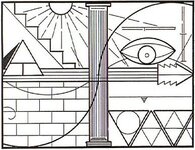
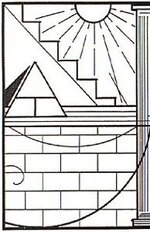
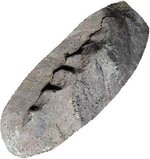
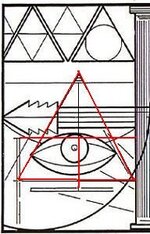
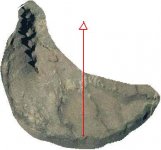
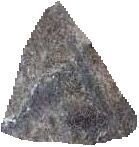
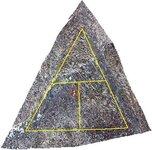
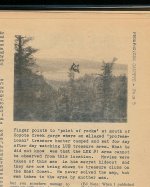
Old Bookaroo
IMO , the Lue is closer to the Mexican border .